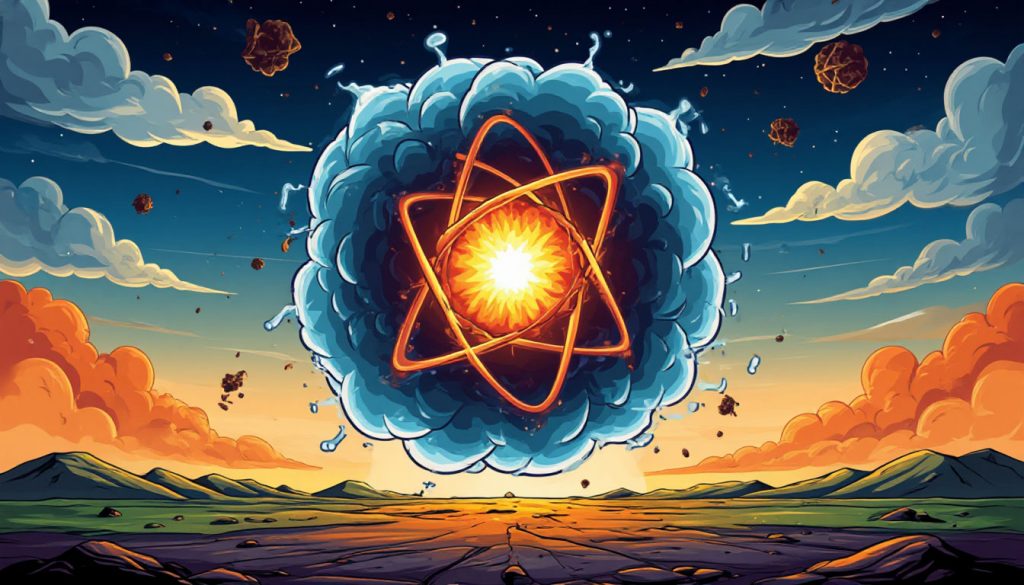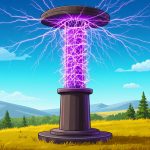Nuclear energy is one of the most powerful sources of energy known to humanity. It powers cities, drives submarines, and even offers hope for a low-carbon future. But what exactly is nuclear energy? How is it produced, and what makes it different from other types of energy? In this article, we explore the science, benefits, and challenges of nuclear energy.
What Is Nuclear Energy?
Nuclear energy is the energy stored in the nucleus — the dense center — of an atom. Atoms are the building blocks of all matter, and their nuclei contain enormous amounts of energy.
This energy can be released in two ways:
- Nuclear fission – splitting a heavy nucleus into smaller parts
- Nuclear fusion – joining light nuclei together to form a heavier one
Most nuclear power today comes from fission, but scientists are actively working on making fusion a practical energy source in the future.
How Nuclear Power Plants Work
In a nuclear power plant:
- Uranium fuel rods are placed in a reactor.
- The atoms of uranium undergo fission, releasing heat.
- This heat turns water into steam.
- The steam spins a turbine, which drives a generator to produce electricity.
No greenhouse gases are produced during the reaction, which makes nuclear energy a low-emission energy source.
Advantages of Nuclear Energy
- High efficiency: A small amount of nuclear fuel produces a massive amount of energy.
- Low carbon emissions: Helps fight climate change by reducing reliance on fossil fuels.
- Reliable: Unlike solar and wind, nuclear energy doesn’t depend on weather.
- Long-term fuel supply: Uranium and thorium reserves can last for decades.
Risks and Challenges
Despite its advantages, nuclear energy comes with serious concerns:
- Radioactive waste: Spent fuel remains hazardous for thousands of years and requires secure storage.
- Nuclear accidents: Incidents like Chernobyl and Fukushima show the potential for catastrophic outcomes.
- High costs: Building and decommissioning nuclear plants is expensive and time-consuming.
- Nuclear proliferation: Technology used for energy can also be used to make weapons.
What About Nuclear Fusion?
Fusion — the process that powers the sun — is the “holy grail” of energy research. If achieved on Earth, fusion would offer:
- Nearly limitless fuel (hydrogen from water)
- No long-lived radioactive waste
- No risk of meltdown
However, making fusion stable and energy-positive remains one of the biggest scientific challenges of the 21st century.
Nuclear Energy in the World
Countries like France, China, Russia, and the United States use nuclear energy extensively. Some are expanding nuclear capacity to meet climate goals, while others are phasing it out due to safety concerns.
Final Thoughts
Nuclear energy is a double-edged sword: it offers clean, reliable power but also comes with serious risks. As the world seeks sustainable energy solutions, nuclear power remains a key — and controversial — player. The future may lie in safer reactor designs and the long-awaited success of nuclear fusion.
Glossary
- Atom – the smallest unit of matter, consisting of a nucleus and electrons
- Nuclear fission – splitting the nucleus of an atom to release energy
- Nuclear fusion – combining two light nuclei to form one heavier nucleus
- Radioactive waste – hazardous byproduct of nuclear reactions
- Turbine – a rotating device driven by steam to generate electricity


